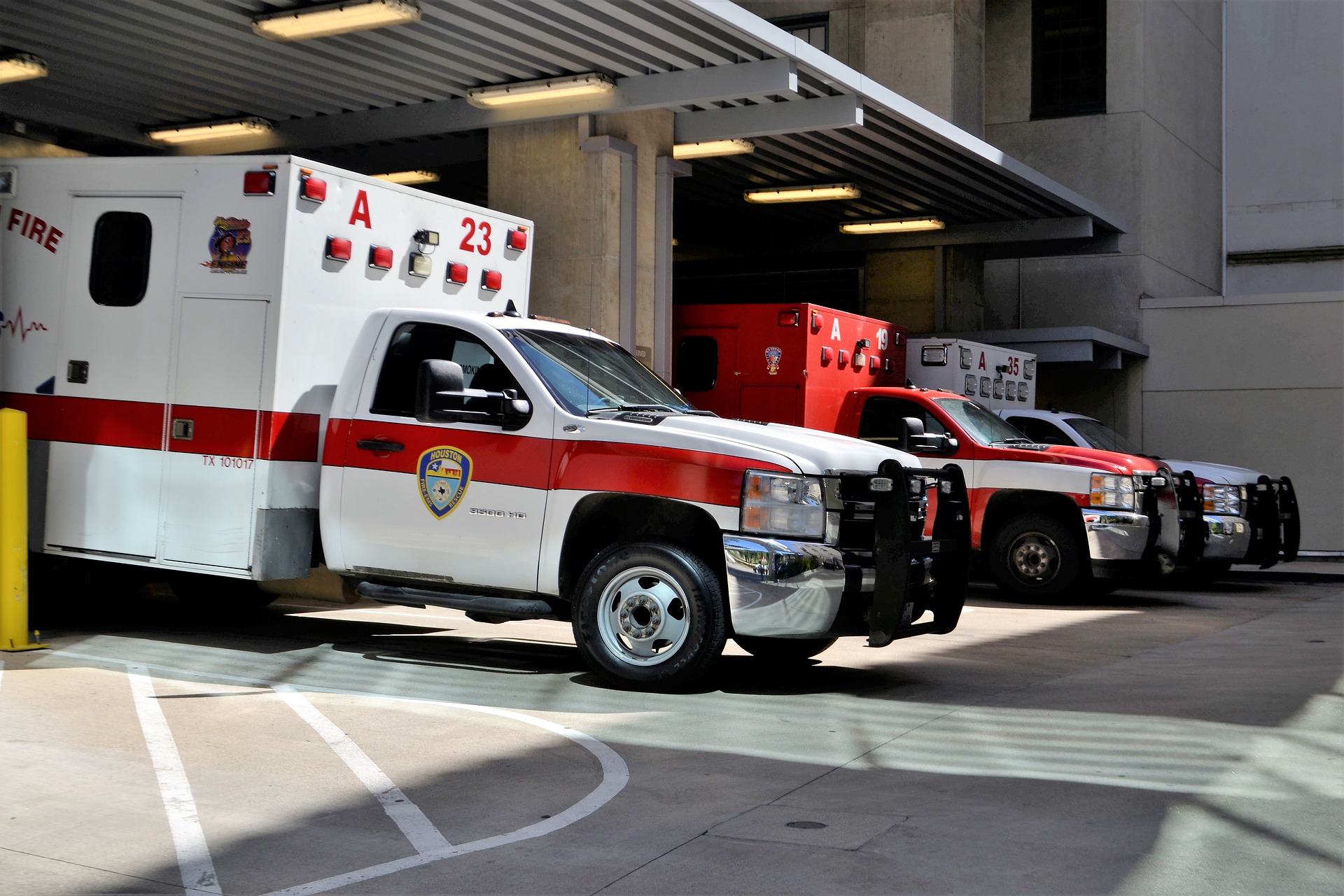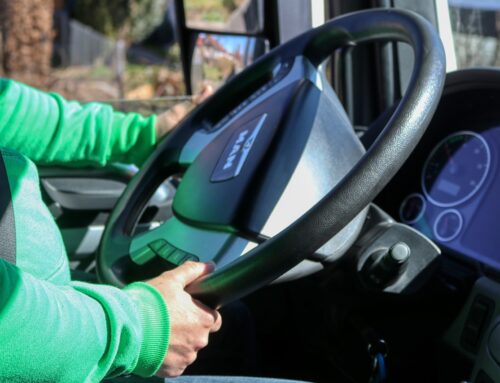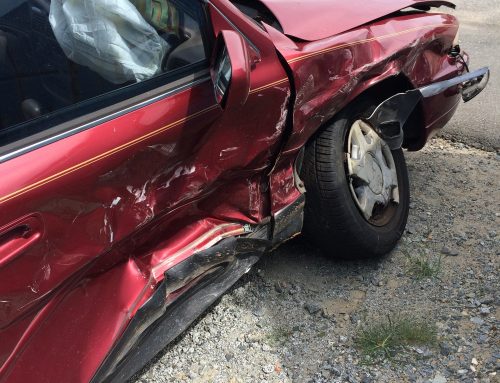Everyone has encountered an ambulance, fire truck or police cruiser racing down the road, lights and sirens engaged. Because these vehicles are responding to an emergency, it is expected that other drivers on the road move out of their way. These emergency vehicles are often traveling over the speed limit and may even run through stop signs and red lights on their way to life-threatening events. This is legal for the driver of the emergency vehicle, however the risk of a serious accident involving another vehicle is significantly increased. In cases when a motorist has been in an accident with an emergency vehicle racing to a scene, determining who is at fault can be a difficult undertaking.
Thankfully, most people do get out of the way when they see the flashing lights and hear the sirens. Therefore accidents of this nature are actually quite rare. According to the latest statistics (2018) of the National Safety Council (NSC), 168 people were fatally injured in accidents with The majority of the victims were in the passenger vehicles. Accidents involving police cars accounted for the most deaths, followed by ambulances, then fire trucks.
Emergency Vehicle Accidents: Who is At-Fault?
Emergency vehicles are typically owned by the government or a government agency. This can make it more challenging for an individual driver to file a claim against driver of the emergency vehicle. In many states, emergency vehicle drivers are immune from personal injury lawsuits if driving the emergency vehicle in an official capacity. However, if it can be proven that driver was negligent, he or she may be liable. (for instance, if they run a red light without turning on sirens or lights)
However, if the driver of the passenger vehicle does not follow traffic laws, such as yielding the right of way, they themselves are likely at fault. Drivers of motor vehicles:
- Drivers must reduce speed and carefully change lanes or pull over to allow the emergency vehicle pass. Be sure to not cause a accident with another vehicle.
- When approaching a stopped emergency vehicle on the roadway, use an abundance of caution. Drivers should move their vehicle away and carefully pass the emergency vehicle.
- When an emergency vehicle is approaching a motorist from the opposite direction, drivers should turn on hazard lights and pull over to the right.
Accidents with Emergency Vehicles
Police Officers: At high speeds, a moment of distraction can be catastrophic. However, even if you feel the officer was at fault for your accident, it is difficult to hold an officer liable. Police officers are supported by powerful legal teams and they know many local government officials and judges. Although these cases can be complex, an experienced car accident attorney will be able to take on your case. Motorists should amass as much evidence as they can, including photos of the accident scene, the road conditions, the position of the vehicles, and any physical circumstance which may have played a role (such as a pothole, a missing stop sign, or a blind curve.) If applicable, medical records and proof of car repair costs will be necessary.
If an officer can be proven negligent, he or she is must follow the same laws of the road as any other driver. Even during a high-speed chase, police officers are expected to prioritize public safety over the arrest.
Ambulance Drivers: When an ambulance is speeding to the scene of an emergency, an accident can cause serious injuries. Ambulance services are often administered by state or local government, necessitating different documentation and shortened filing deadlines in the event of a lawsuit. Patients riding in the back of the ambulance have the same rights as the other drivers and passengers.
Fire Trucks: Being so large, fire trucks can cause significant property damage and injuries in the case of an accident. The person operating a fire truck is legally permitted to drive at any speed necessary to reach the incident as soon as possible, and motorists are required to move out of the way. But the combination of a large, heavy truck and high speeds may result in a miscalculation, and a catastrophic accident.
Reasons an Emergency Vehicle Driver May Be Liable
- Driving while under the influence of drugs or alcohol
- Failure to follow the general rules of the road
- Reckless driving
- Driving while drowsy or after working too many hours
- Defective or improperly maintained vehicle parts
- Equipment from the truck dislodging and hitting another vehicle
If you have been involved in a car accident of any kind and you are wondering if you have a claim or case, call Probinsky & Cole. We can help you to assess your situation and proceed with expertise and confidence.








